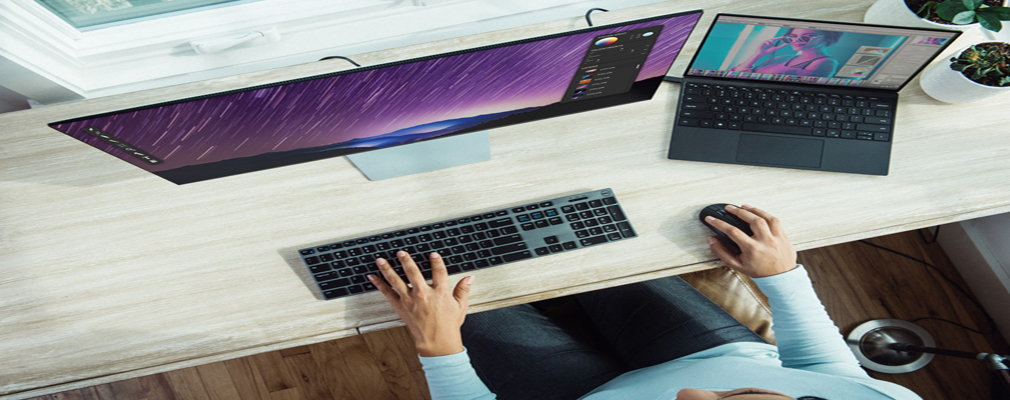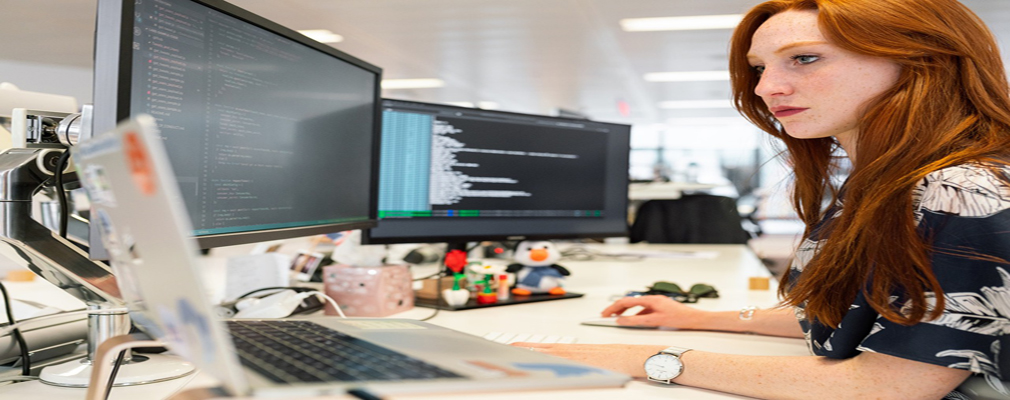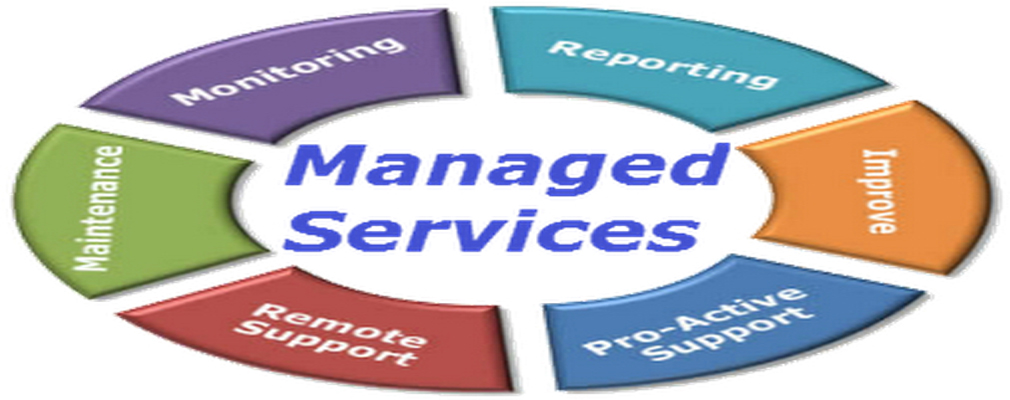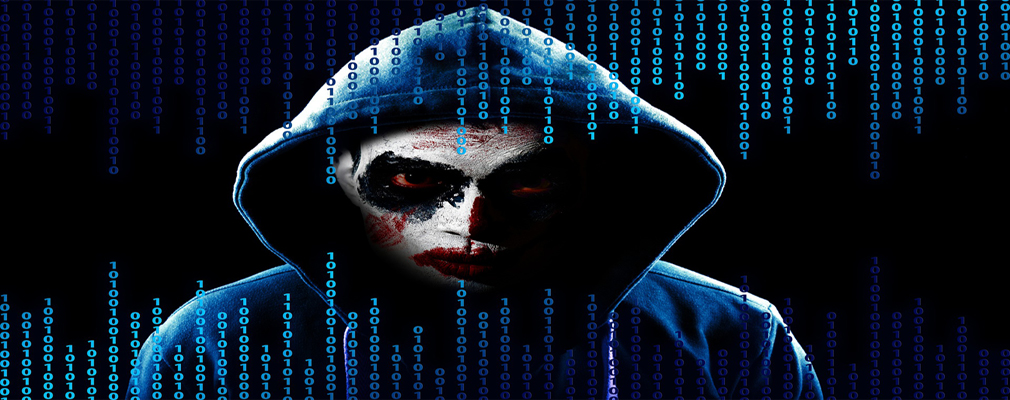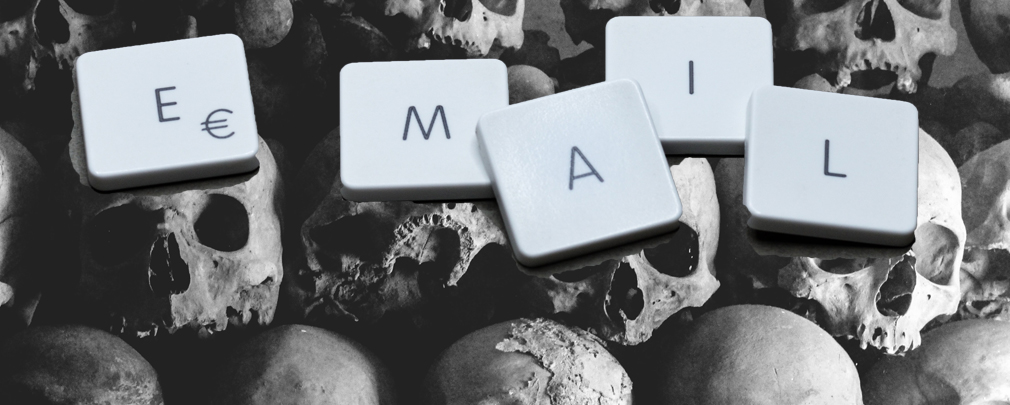Skilled hackers can easily access your system and steal precious business information. Upgrading your cybersecurity can help address this problem. Taking your cybersecurity seriously is a must. Otherwise, you leave the door open for criminals to compromise your business’s privacy and cause legal troubles. |
The reality is, mobile devices are less safe than desktop computers. Boosting security on such devices is essential if you use them in business. Technological breakthroughs have streamlined your operations in several ways. Primarily, you can now use mobile devices to make your communication and data sharing more convenient. |
Phishing can lose you a lot of money and expose sensitive information. Microsoft 365 Defender can dramatically mitigate this risk with several features. Phishing attacks are a severe threat to your business. These fraudulent actions can cause your team members to accidentally share financial, customer, and account information with cybercriminals. |
Public networks expose your business to security threats. Switching to a VPN can greatly help in reducing those threats. Many companies rely on public networks for communication and data sharing. It allows them to cut costs and allocate their funds elsewhere. |
There are numerous suites of apps that can improve your productivity. One of them is Office 365, which features an array of underappreciated tools. Office 365 has helped millions of organizations streamline their operations. One of the most famous examples involves Kohler, the manufacturer of kitchen and bath fixtures and plumbing. |
Increasing productivity in your business doesn’t just entail optimizing your equipment and sharpening your attention. Decluttering your computer desktop is also essential. A clutter-free office is paramount to improving your productivity. Piles of stationery on your desk can cause you to waste a lot of time searching for a critical document. As a result, you’re less likely to meet deadlines. |
Conducting small business operations in the digital world is prone to security risks. Mitigating them would be impossible if you don’t have an IT compliance policy.
Setting up a robust IT compliance policy in your small business is more important now than ever. And it’s because most organizations now depend on digitized services.
How will your business respond when faced with an unexpected situation? With a business continuity plan, you’ll know exactly what steps to take. Leading a small business is a challenging endeavor. |
Microsoft’s latest operating system is starting to take the world by storm. But before jumping ship and upgrading to the new OS, better read this first. It’s finally here. |
You need more than the latest antivirus software to ensure your company’s network is secure. A cybersecurity audit helps you create a complete picture of your security strategy. Cybercrime has grown into one of the epidemics of modern times. |
Cybersecurity continues to be in the news, with a wide range of actors in the space. Some are malicious entities that aim to steal data or simply stop businesses from operating. Others work to prevent those malicious entities from doing so. As a small business, you need endpoint security to ensure that you are safe and that you can keep doing business as normal.
What Exactly Is Endpoint Security?
Simply put, endpoint security is the practice of securing end-user devices. These can be desktops, mobile devices, laptops, and smart devices. Anything that is connected to your network can be a point of attack, including wireless cameras, smart fridges, and even smart thermostats.
IT is a critical part of any business, whether you are a small company making components or one of the many local wineries in Missouri that need to keep careful track of their TTB records and reports. Managed IT services from an MSP (Managed Service Provider) can help make the process go smoothly and keep downtime to an absolute minimum.
What Are Managed IT Services?
Every business has unique needs, but broadly speaking, managed IT can include the following:
Despite Microsoft hailing Windows 10 as "the last Windows ever," Windows 11 was teased in June 2021 and formally announced in July. Early leaked versions show a more user-friendly interface, better security, a funky dark mode, and a streamlined taskbar. And the announcement itself focused on widgets; touch, pen, and voice support; support for different desktop wallpapers on different computers; and an all-new Windows store.
Essentially, it feels a bit like the upgrade from XP to Vista, for those who remember that. But not necessarily in a negative way.
What is Vishish? Vishing is a type of phishing scam but uses voice. It's a type of cybercrime that uses a phone call to steal personal information from its victims. Criminals use certain tactics to convince victims to give up private information and possibly access to their bank accounts. It’s a newer term for “Phone Scam”.
There are many types of vishing. Vishing frequently involves a criminal pretending to represent a trusted institution, business, or government agency. Sometimes you may be asked to buy an extended warranty, or be offered a free vacation, or a very common one, tell the victims that your computer is infected and you need some help getting it repaired.
As everyone knows, some things in life were meant to last forever. Your small business software is definitely not one of them.
Small business software is similar to your car. When you first buy your new car, everything runs great. But over time, things begin to go wrong and does not perform like it used to. Things go wrong that can actually cause safety issues. Outdated software works the same way.
Office 365 is vastly popular among the small business community. As of October 2019, there are 200 million active users. Microsoft is reporting 3 million users added per month. With Office 365 being so popular, most users assume their email is safe. Right? Although Office 365 does provide some robust email protection against spam, viruses, and malware, hackers from around the world are continually launching sophisticated attacks that many small businesses aren't providing protection for.
That's where Advanced Threat Protection (ATP) comes in. Advanced threat protection delivers several benefits that are crucial to your email security.
More than 1.4 million companies currently used Office 365. Small businesses have made the move to Office 365 because it makes the most sense. It's easy to use and works well in your organization. You get software updates, security fixes, and access to your important business documents anytime from anywhere on any device.
What most people assume is that your data, whether it be your email or OneDrive, is automatically backed up in the cloud. This is the biggest misconception for Office 365.
As everyone knows, installing Windows 10 updates can be full of headaches. Over the years, Microsoft would release updates that would damage other functions or features within the operating system. However, it's a catch 22. It's imperative that small businesses patch and update their computers to keep them running safe, secure, and in tiptop shape.
Microsoft releases a feature update twice a year. The typical release dates are once in the spring, and once in the fall . Feature updates are significant updates to the operating system that does both security patching, and adds new features to the operating system. These updates typically take longer, and require more resources to successfully complete.
Windows 10 allows you to choose from a plethora of options and customizations. Microsoft has done a great job with that. Although most small businesses tend to keep the default settings in place, some users like to change the way the interface looks and customize it to their liking.
One of the popular customizations in Windows 10 is the ability to change the size of the icons. Depending on the size of your monitor, you may want to change the size of the icons to match what you're trying to do. Others might want to change the size of the icons due to their eyesight recommendations.
As you may have known, there are billions of emails sent every day around the world. In those emails, the opportunity for malware and viruses to make their way into your inbox seems to be very possible. Of those billions of emails, less than 3% actually contained dangerous attachments that could do harm to your small business. Less than 3% of those billions of emails translates into millions of emails. The best way you can protect your small business is by knowing exactly how to spot the threat when it comes in.
Some dangerous emails are harder to spot than others. The bad guys are becoming more and more sophisticated in their attacks. If you come across the following signs, you can assume the email is dangerous.





